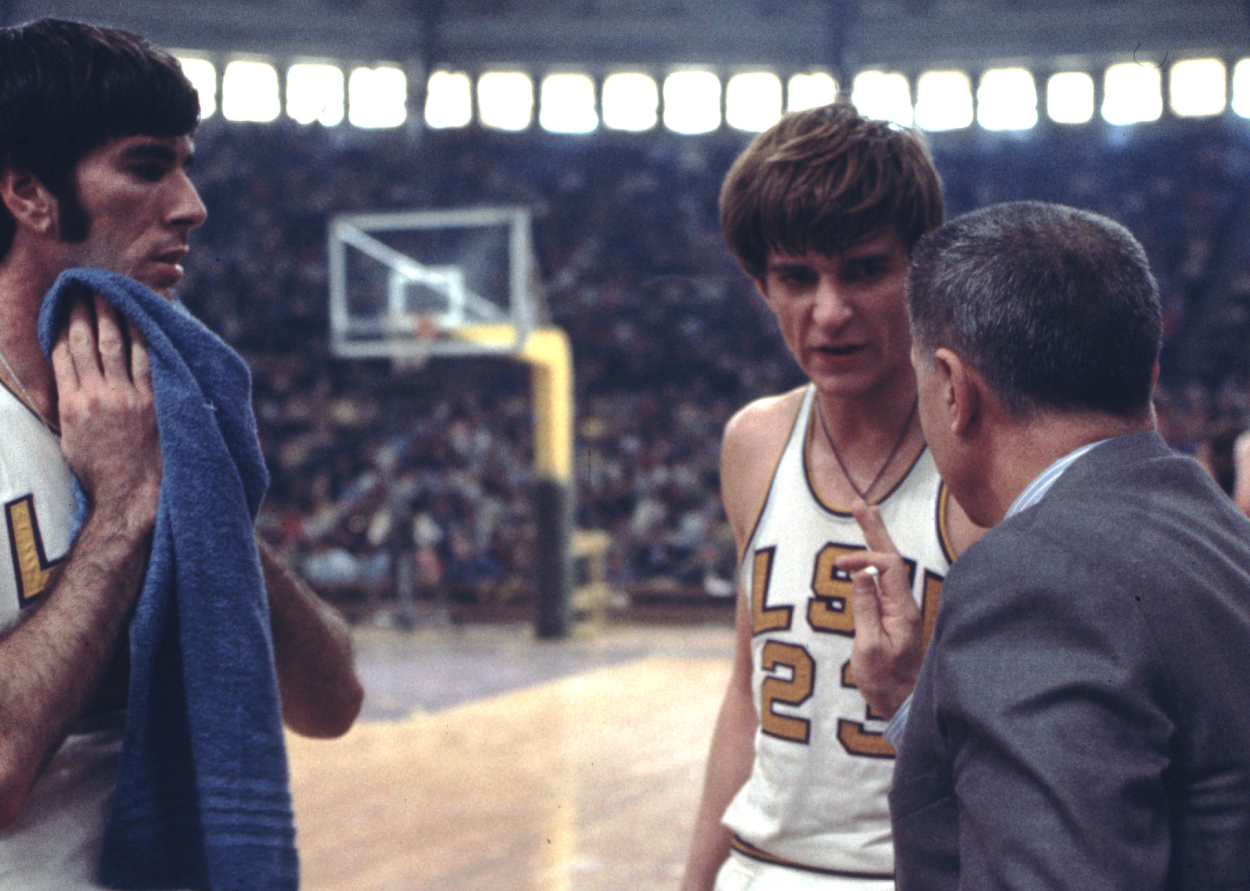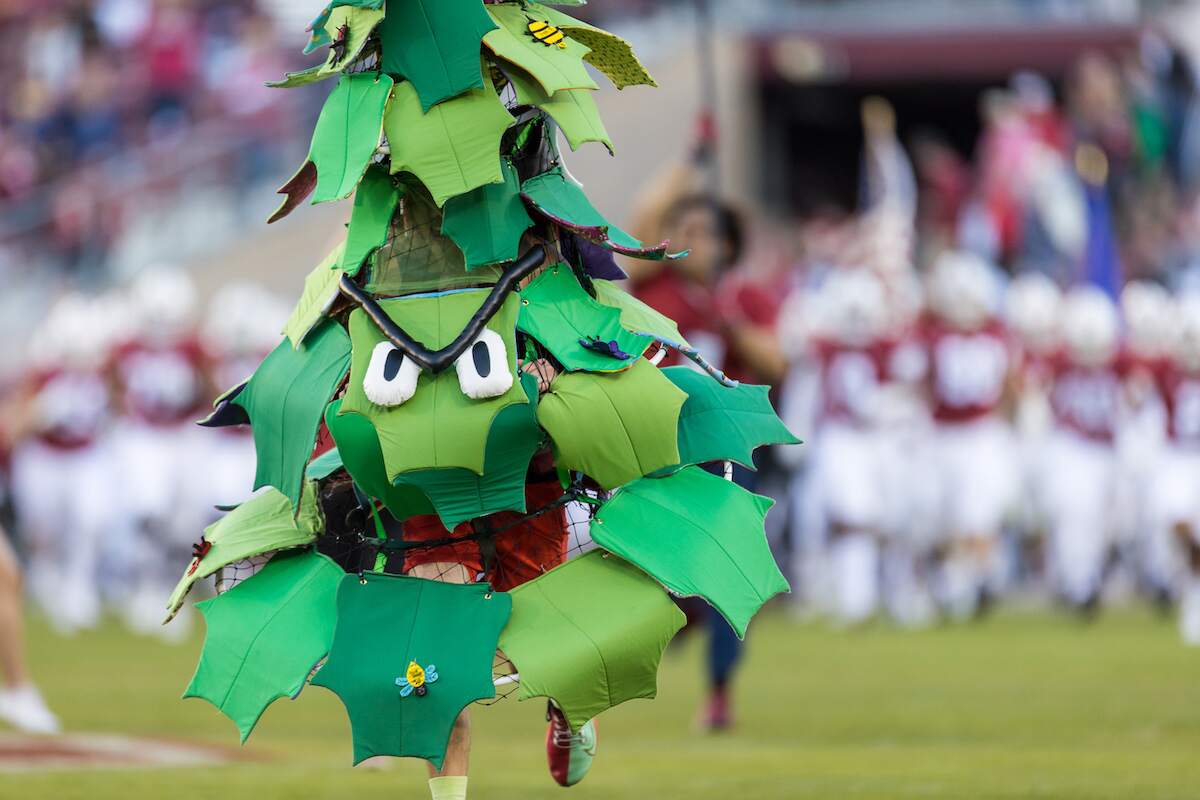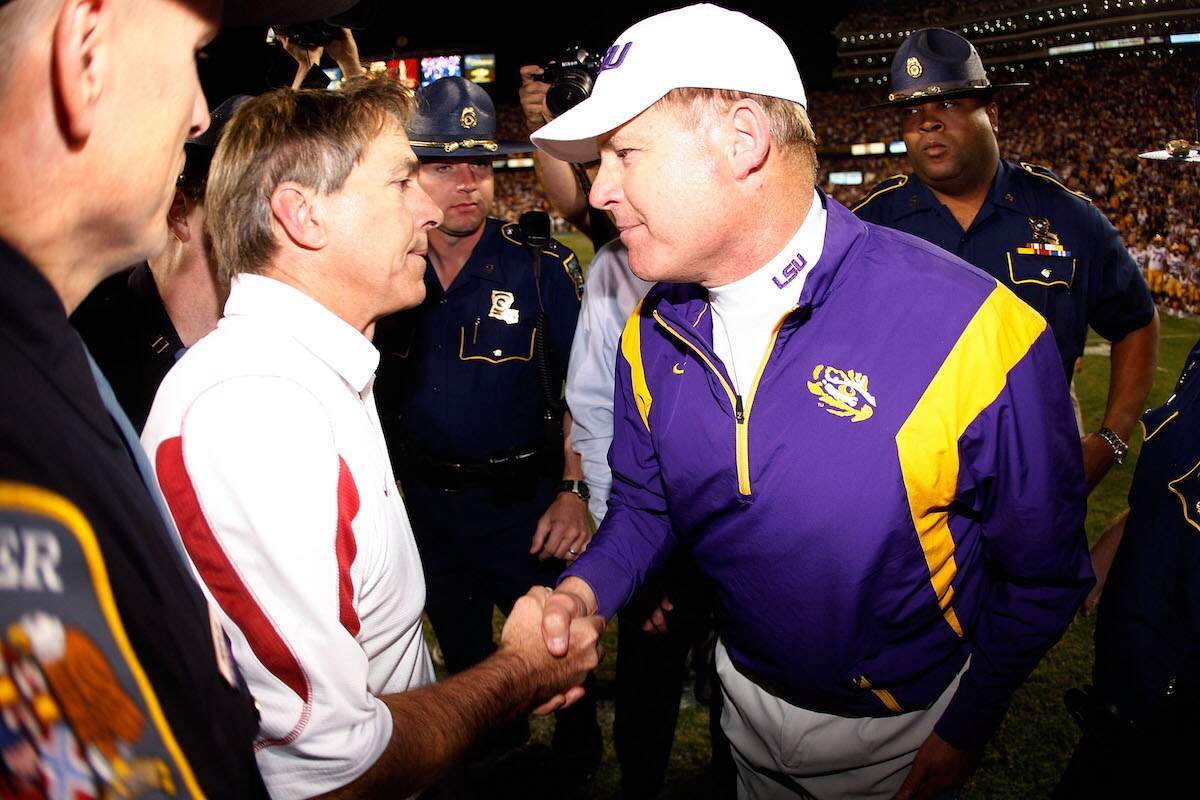
College Basketball Players Can’t Wear Nos. 6-9 and It’s a Problem
In high school and NCAA basketball, players cannot use the numbers 6, 7, 8, or 9 in either the ones or tens place on their jerseys. This seems like a weird rule for college basketball players to have to follow.
But, according to Rule 1, Section 22, Article 7, Clause b. 2 of the NCAA Men’s Basketball 2018–2019 Rules, “The following numbers are legal: 0, 1, 2, 3, 4, 5, 00, 10, 11, 12, 13, 14, 15, 20, 21, 22, 23, 24, 25, 30, 31, 32, 33, 34, 35, 40, 41, 42, 43, 44, 45, 50, 51, 52, 53, 54, and 55. Team rosters can include 0 or 00, but not both.”
This eliminates 6 through 9, 16 through 19, 26 through 29, 36 through 39, 46 through 49, and everything over 55. That’s 35% of the numbers between 00 and 55. Confused yet? So are we, let’s take a closer look at why college basketball players have to follow this strict guideline.
How are jersey numbers used in basketball?
College basketball players’ numbers are kept in writing by the scorer, but they’re also indicated on the hands by the officials when there is a foul. The rules say officials should “Signal the official timer to stop the game clock when a foul occurs, designate the offender to the official scorer and indicate with finger(s) the number of free throws.”
The National Federation of State High School Associations (NFHS) is even more specific in its rules. They specify that “The Official shall report fouls to the scorer by using two hands to display the jersey number of the person who committed the foul. The official’s right hand will indicate the first digit of the number or the tens and the left hand will indicate the second digit of the number or the ones…. The digits of the number should be displayed at the same time.”
Why does the rule exist for college basketball players?
Since officials are supposed to communicate the jersey number of a player who committed a foul using two hands to indicate the entire number, there are numbers like six that would cause confusion. Depending on which fingers were used, the scorer might think the official meant 15 or 51 rather than six.
Having the rule creates a nice, simple system that minimizes confusion for the scorer. According to the New York Times, the NCAA has followed the numbering rule likely since the early 1960s. However, they don’t have a record of why the rule was officially introduced. Keeping this rule is likely also tradition since it’s been around for so many decades.
When does this rule cause problems?
This rule becomes a problem for schools that have retired a lot of jersey numbers. It doesn’t leave many number choices for new college basketball players. For example, Michigan State currently has nine retired numbers out of the 37 options while Duke has 13.
Could the rule be changed?
Critics of this policy point out that scorers should be able to figure out the difference between six and 15 and 51. Instant replays also could make the fingers less crucial. Replay equipment is now required at NCAA games.
There have been rule changes regarding NCAA college basketball jersey numbers in the past. Numbers one and two used to be on the “not allowed” list too. The reasoning was, they could be confused with the signal for the number of free throws. They are both permitted today.
What do other leagues do?
Other basketball leagues don’t seem to have this number problem. The NBA does indicate the numbers of players who foul using fingers, but they don’t have the same restrictions on jersey numbers. In the NBA, any number can be used from 0 and 00 to 99.
The Los Angeles Times does point out that, even in the NBA, numbers six through nine are less common. This makes sense since players want to keep their college numbers.
Players on international FIBA teams can also use numbers 0, 00, and one through 99. Officials use two hands to show numbers, and they display the tens place first with the back of the hand(s) facing forward before displaying the ones place with the palm of the hand(s) facing forward. Before 2014, with the introduction of video replay for scorers, FIBA players used only numbers four through 15.
Hopefully one day college basketball players will have the freedom to pick the jersey numbers they want. It really is a small thing to ask for in the grand scheme of it all.


